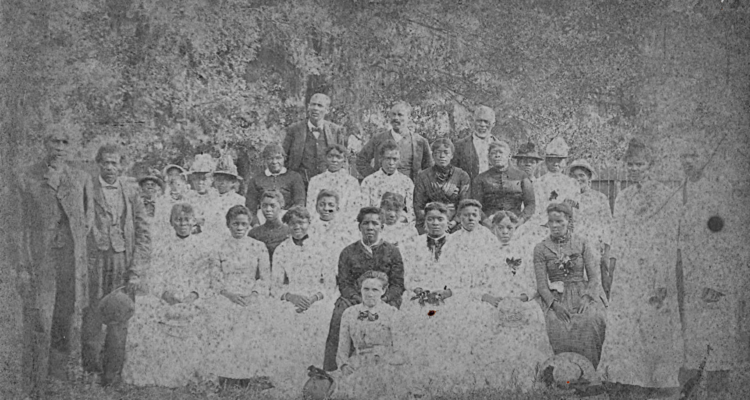Though Juneteenth has been observed since the late 1800s, the important historical date gained Herculean popularity during the summer of 2020 when the senseless death of George Floyd led to the #BlackLivesMatter movement.
Also known as Freedom Day, Jubilee Day, and Liberation Day, Juneteenth commemorates the emancipation of enslaved people in the United States.
The celebrations of Juneteenth began in Galveston, Texas (the first state to recognize the day as an official holiday) when “The people of Texas are informed that, in accordance with a proclamation from the Executive of the United States, all slaves are free…” Though it had been two and a half years since President Abraham Lincoln issued the Emancipation Proclamation that stated “all persons held as slaves” within the rebellious states” are, and henceforward shall be free”, Union General Gordon Granger issued an official order on June 19, 1865.
Following 2+ years of Texas slaveowners ignoring Lincoln’s orders by neglecting to inform their slaves of their freedom, the serfdom were released when Union troops arrived in Galveston on June 19, 1865, and General Order Number 3 was read to them: “The people of Texas are notified that, thanks to a proclamation from the United States Executive, all slaves are now free. This entails total equality of rights and property rights between former owners and slaves, and the previously existent link between them is replaced by that between employer and hired employee.”
Earlier this week, President Joe Biden and the Congress voted to make Juneteenth America’s twelfth federal holiday. Black communities will mark the holiday by holding parades, attending festivals, hosting barbecues, and gathering in fellowship and prayer.
On Juneteenth, red foods play a significant part on the menu, alongside typical soul cuisine (i.e. collard greens and grilled meats), red velvet cakes, hot links, watermelon, and a red punch will be on the menu as oppressed people who were released celebrated by drinking crimson soda, a luxury at the time. The color also signifies and represents the enslaved people’s slaughter and resilience.
Keep up with the latest trending music news by following us on Facebook, Twitter, and Instagram
Author: Luke Traina
Photo: Houston Public Library


